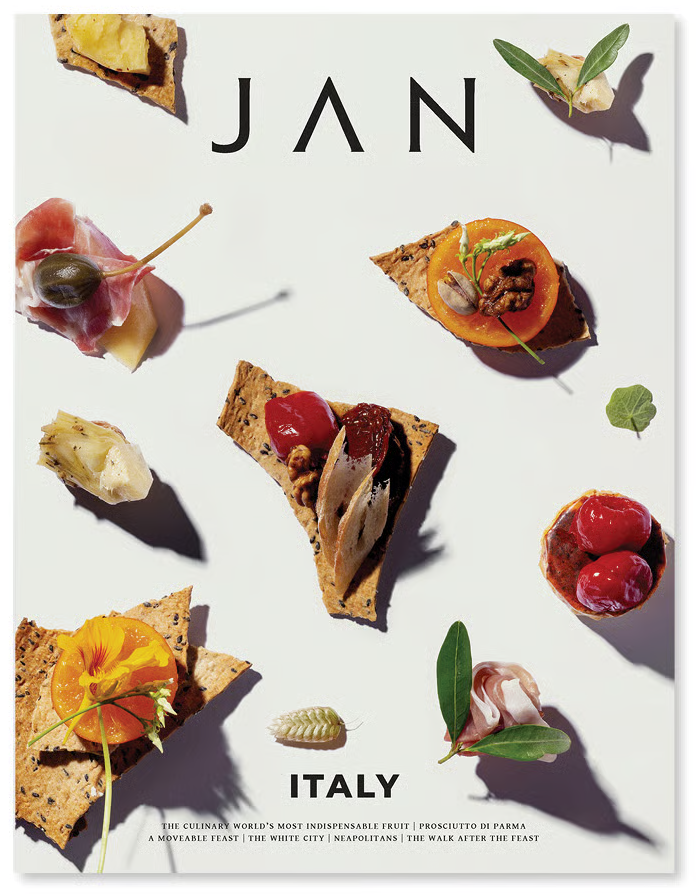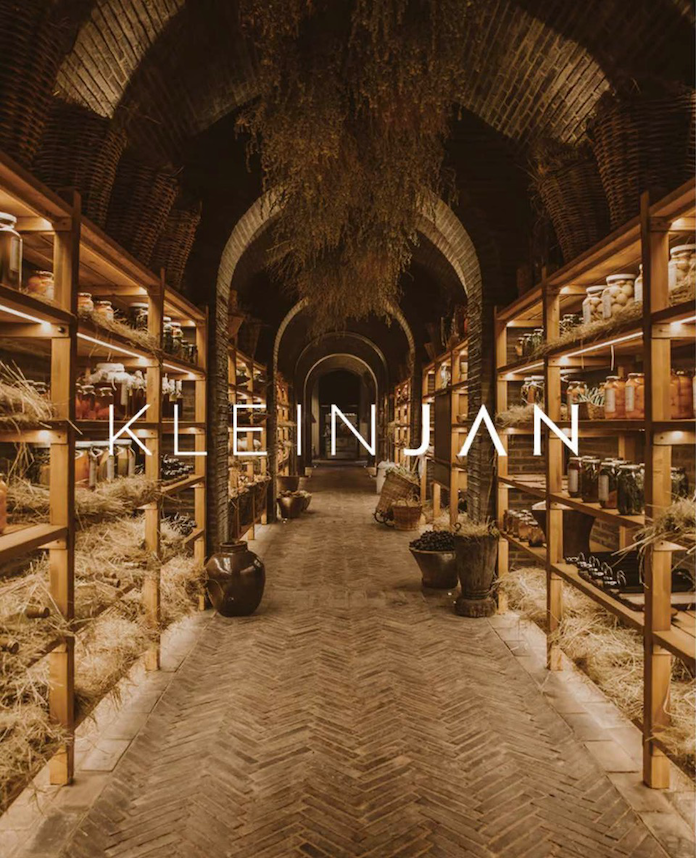Kalahari Milk
In the far north of South Africa, there lies a mysterious panhandle flanked by Botswana to the east and separated from Namibia to the west by a line as straight as the needle of a compass. Travelling towards this very border along a dirt road from the east, the seemingly infinite rattle is only occasionally interrupted by a few moments of quiet as one passes over a brief stretch of tar through a settlement only a few have heard of. What could have drawn one to this place but a quest for its simple riches – the milk of this land?
The last bastion of civilisation on this remote road is the village of Askham, spanning no more than three kilometres and boasting little more than a church, a trading post, a filling station and a liquor store. Beyond its reaches, one enters a truly fabled landscape home to the ‡Khomani San – one of the world’s most ancient tribes. Sparsely vegetated dunes give way to vast pans that once lay at the bottom of the sea. Looking deep into the eerie nothingness, one senses a presence in the vastness, like the memories of this land manifesting in mirages. It is the land of Jamie Uys, the acclaimed filmmaker behind such classics as Dirkie and The Gods Must Be Crazy. In an Arabesque turn of fate, it is also home to hundreds of camels that originally hailed from the Sudan. Indeed, in the mid-1800s, the British imported these dromedaries (the tallest of the camels) to patrol the sun-scorched Namibian border; a practice perpetuated until the 1930s. But when the automobile effectively began to replace these noble beasts, they were set free and became wild.
“The idea of turning the farm into a camel dairy is an old one, but the opportunity never presented itself until now,” says Hans Knoesen, who began taming the 40-odd camels on his family farm near Rietfontein as recently as 2015. “The first generation wasn’t used to people, so they took some convincing,” he remembers. “They’ve got these really coarse elbows, which they use to nudge unwanted calves away from their udders. My forearms became so raw, I even considered covering them in rubber sleeves.” Initially, Hans and his team milked the cows by hand, but they could never milk them fast enough. “The window for milking camels is very small compared to cows,” he says. “After the calf has suckled the mother (a necessary step in stimulating the udder to produce milk), it’s only a matter of minutes until the udder closes up again. You only get about three litres of milk from one session.” Introducing milking machines to the process, then, was far more effective and hygienic.
As difficult as milking camels proved to be at first, from day one they produced more milk than they could sell, as the demand for camel milk required educating the public. “It’s just not a part of South African culture,” says Hans, “but it’s very common in North Africa and the Arab world, and the demand is growing in America as well.” Indeed, in the Middle East, it is not unusual to find camel yoghurt, butter and even cheese on supermarket shelves. In fact, over the course of the region’s history, camel’s milk has played an integral role in the traditional Middle Eastern diet and has only recently grown in popularity in the West. While it is generally lower in fat (about 2%) than many other mammal’s milks, research has shown that camel’s milk can lower blood sugar, boost immunity, and aid certain neurodevelopmental conditions such as autism. Further increasing its appeal to the modern consumer, the milk is lactose-free – but Hans is quick to point out that lactose intolerance can be a somewhat misunderstood concept.
There are two schools of thought around lactose intolerance: those who attribute the intolerance to lactose (the sugar in milk that some individuals struggle to digest due to a deficiency in lactase, a digestive enzyme), and those who ascribe it to beta-lactoglobulin (a milk protein that is hard to digest without sufficient iron). Whatever the root of the cause, camel’s milk contains less lactose than cow’s milk and is entirely free of beta-lactoglobulin; this accounts for the milk’s sudden rise in popularity, despite its considerable cost and the fact that it is often unpasteurised.
Fresh, unpasteurised camel’s milk is sweet and smooth, much like cow’s milk. Some have described the taste as salty, which is certainly true of dehydrated camel milk, but Hans believes the salty taste is most often due to poor grazing conditions. “Camels naturally consume a lot of salt to fight parasites, so we source natural desert salt from the surrounding pans for them to eat, as and when they need it. A lot of Western consumers insist that their camels be grass-fed like cattle, which is actually quite unnatural for camels. This results in a salt deficiency, causing the mothers to relay whatever salt reserves they have to their udders to ensure their calves get the salt they need.” When allowed to roam free in their natural habitat – rather than being confined to a breeding pen where they might be fed lucerne, corn, hay and hormones – camels graze on tall grass and bushes, and use more of the field, unlike cows, who graze on low-lying grass in frequent contact with contaminants, and whose destructive habits are harder to sustain.
“Maybe it’s their size that’s intimidating, but camels have this reputation for being grumpy – aggressive even,” says Hans. “But in truth, they’re really the loveliest, most soft-natured creatures I’ve worked with. They’re quite complex animals,” he continues. “They hate to be alone, but they’re not fond of physical contact either. I think, as farmers, we’re used to ruling by force, but I’ve found it’s far more effective to treat them gently – and they’ll be gentle back. But don’t underestimate them,” cautions Hans. “If they’re unhappy, they will leave, and there’s very little that can stand in their way. A fully-grown camel can rip a gate right off its hinges.”














